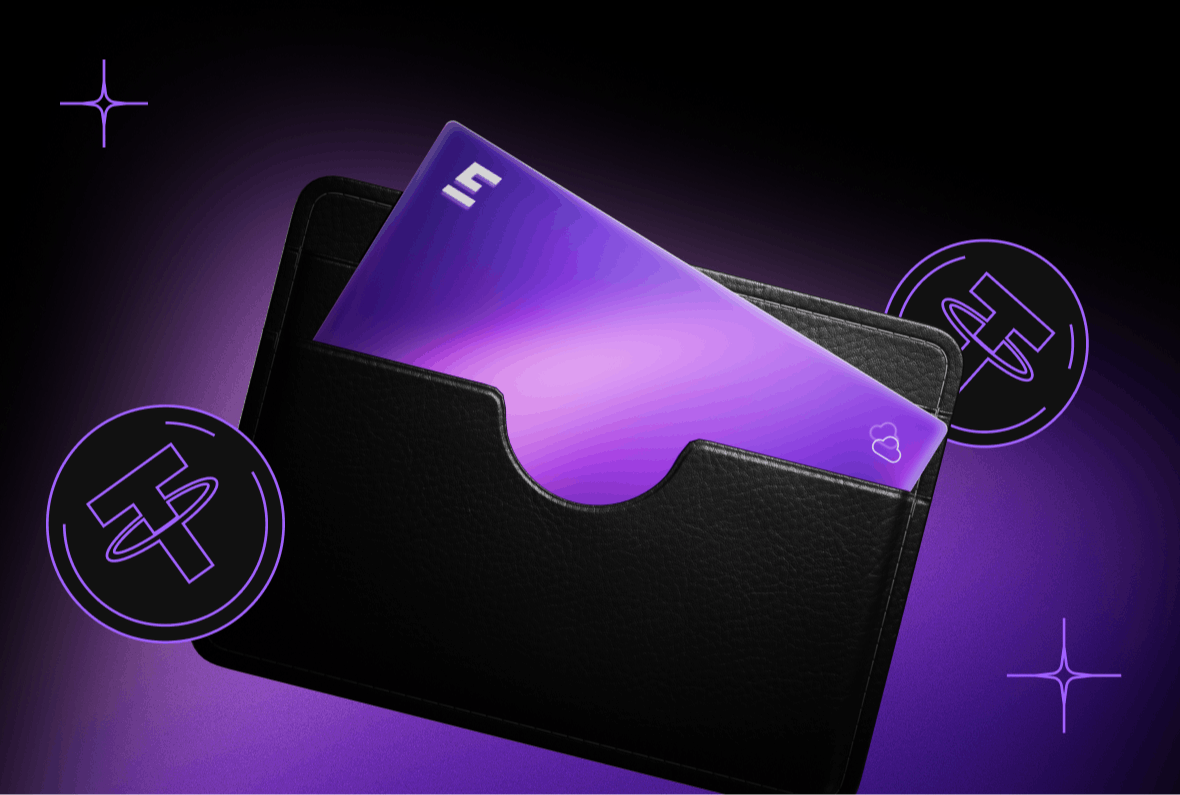As connected technology keeps advancing and becomes more ingrained in our everyday lives, user privacy is becoming more important than ever. With researchers recently showing that ChatGPT can be easily hacked, privacy and security are on everyone’s mind. If you browse the web, one of the best ways to stay protected while doing so is with the use of a virtual private network (VPN).
There are many brands of VPNs on the market, but they all essentially work in the same way. VPNs work to protect the user by creating a secure connection and forwarding the traffic on a user’s network through a virtual encrypted tunnel. This tunnel serves to hide a user’s internet traffic from prying eyes, including their ISP and any third parties.
Smartphone makers have even gotten into the VPN game, with Google’s Pixel phones now featuring a built-in VPN. Apple has always been strongly committed to protecting user data as well with features such as threat notification and App Tracking Transparency. While the company doesn’t have a traditional VPN built into its devices as of yet, it does offer something pretty close in what Apple calls iCloud Private Relay.
What is Private Relay and how do you use it?
Apple offers Private Relay free for all users on its devices. When the service is toggled on, it provides an extra layer of online security by hiding your IP address when using Apple’s built-in Safari web browser. This means that neither Apple nor any third party can see what sites you are visiting while your browsing data is also being protected from being mined for advertisements.
To activate Private Relay on your iPhone, you will want to open up Settings and then tap on your Apple ID account name. From here, you’ll want to select iCloud from the menu and scroll down until you find the Private Relay option. Select it, and you’ll be presented with the Private Relay menu.
On this screen, you’ll be able to toggle on Private Relay to increase your protection while browsing the web. It should be noted that Private Relay is a Safari dedicated feature, meaning it won’t protect you while using any other browser or application. For that, you may want to look into a true and full featured VPN service or a browser with a VPN built into it.










